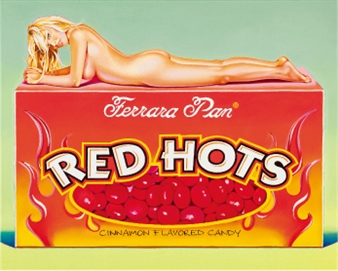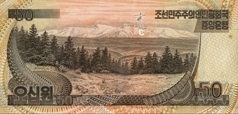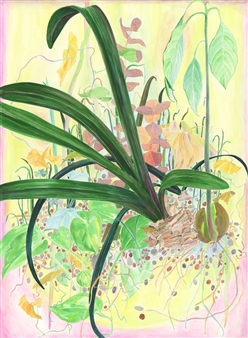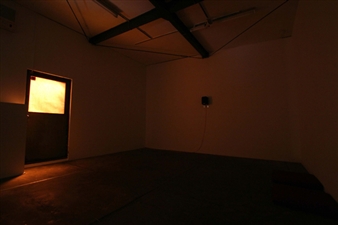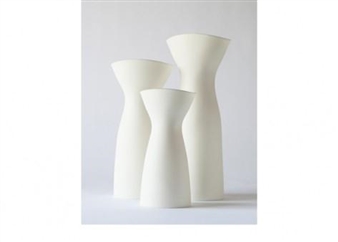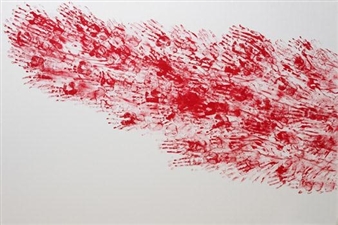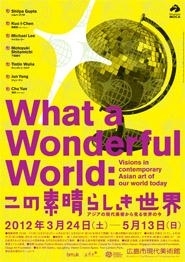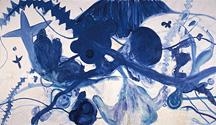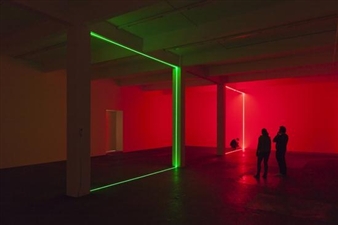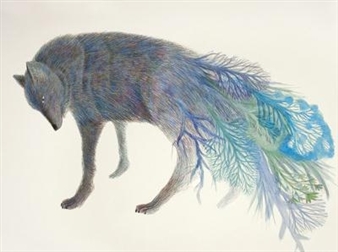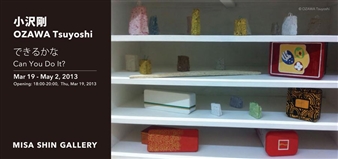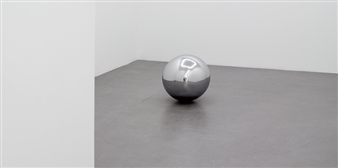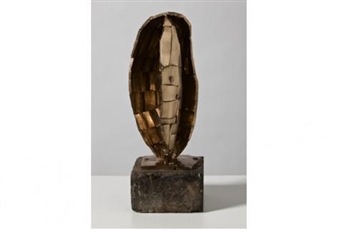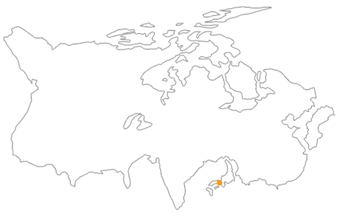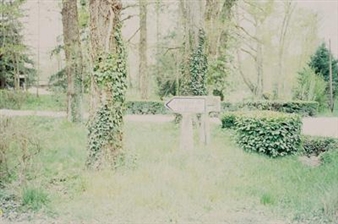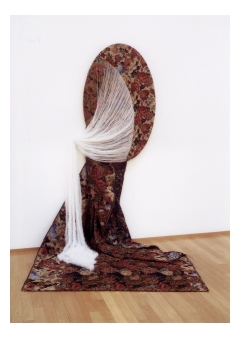When Lives Become Form - Contemporary Brazilian Art: 1960-present
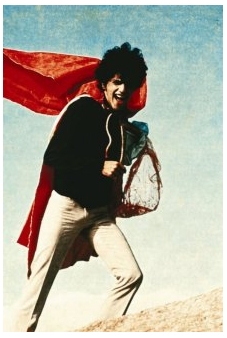
Museum of Contemporary Art, Tokyo, Tokyo, Tokyo, 10/22/2008 - 01/12/2009
4-1-1 Miyoshi Toritsu Kiba-koen
Brazil - a vital people with a passion for samba and soccer. A nation with a critical role in respect to energy, ecology and the future, as a forerunner in bio-fuel development and home to the vast Amazon. Right now, this unusual country, which absorbed a multitude of immigrants and forged a hybrid human culture, has captured the world’s attention. Perhaps most alluring, then, is how the art expression of Brazil overflows with bright colors and graceful organic forms and communicates the joy of living. As is known by Brazil’s carnivals, samba culture, and music, the impromptu lives of its street people seem to take form directly in rhythm and art creation. This autumn, Museum of Contemporary Art Tokyo will introduce Brazil’s creative vitality through the works of 27 artists and creators in an exhibition, When Lives Become Form. In the 1960s, an artistic movement arose in Brazil, “Tropicalia,” which celebrated the “originality of the culture of people who live in the tropics.” Tropicalia sought to escape the shadow of the West and create a uniquely Brazilian art culture. Its central figure, Hélio Oiticica, took inspiration from Brazilian favelas or shantytowns, “a product of fantastic improvisation in creating a ‘vital place’ for communicating not form so much as joy.” The Parangolés or wearable sculptures and pictures he created for samba dancers by combining colorful fabrics are perhaps symbolic of this. “Being alive is art itself.” Oiticica’s thinking as such has lived on continuously in many artists since the 1990s-artists such Beatriz Milhazes, who creates colorful collages on glass facades, taking Rio’s tropical flowers and greenery as her motifs; osgemeos, who embarked from street graffiti and now produces humorous fantasy paintings; architect Lina Bo Bardi, who set forth her own style of modernist architecture, bringing in the culture of the indigenous people; and fashion designer Isabela Capeto, who has turned Rio’s colors and cute forms into art object-like clothing. When Lives Become Form will feature works by these and other Brazilian artists and creators, including internationally active artists of Japanese descent. An exhibition commemorating the Centennial of Japanese Immigration to Brazil and “Japan-Brazil Year of Exchange,” it will be a “gift of energy” from Brazil to its distant but close partner, Japan. Period: October 22 (Wed) - January 12, 2009 (Mon, a holiday) Closed on: Mondays (except November 3, 24, and January 12) and November 4, 25 Closed Year-end holidays: December 28 – January 1 Opening Hours: 10:00-18:00(tickets available until 17:30) Admission: Adults 1200yen / College & University Students 900yen / High School & Junior High School Students & Adults over 65 800yen Official website: http://www.neo-tro.com Events Artist talks: Lucia Koch / Beatriz Milhazes and others: October 22 (Wed) 18:00-20:00 Osgemeos: October 26 (Sun) 15:00-16:00 Catalogue "When Lives Become Form" Esquire Magazine Japan Co., Ltd. Published in Japanese and English in late October 2008.
For More Information